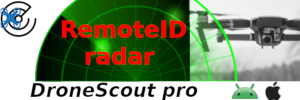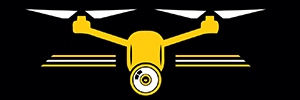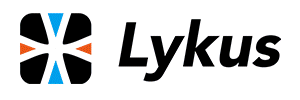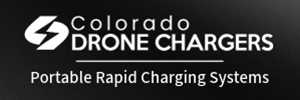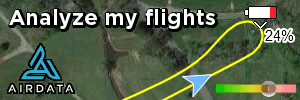maybe I should first explain that I rarely take photos. It's almost always video. And mostly, the videos are of landscapes
At first, I was using Avidemux as the gateway editor. I'd have a raw 4K video of a flight; usually 15-25 minutes long. But I didn't want the entire flight in the final video as I always had pauses and hovers while I adjusted settings. So I'd use Avidemux in copy mode to 'chop-out' those unwanted sections of the video. It was a reverse process as I'd actually save a section that I'd want, then move on to the next section. I'd generally end up with 5-10 video sections that I'd simply use the append function in Avidemux to join. Quick and easy for all stages of this process. I'd usually end up with an 8-15 minute video
and it was that 8-15 minute video that I'd move to Resolve, Capcut, Vlogger, etc. and do the final edits. Of course this was after I struggled with the learning curves associated with each editor
but the biggest issue: for example a 12-15 minute video traveling over a landscape at 200-300' altitude at around 25 MPH can get boring in a hurry. So I would always, as an initial edit, speed up the video by a factor of 2, 3, or 4. And it didn't matter what editor I was using, that 'speeding-up' process would always generate distracting artifacts in the final video. Shimmering & wavering and oscillations, especially over uniform landscape like trees or sagebrush. Capcut was the best at mitigating those artifacts, but some would still show up
then I discovered the 'Blend" function on Avidemux. It can speed up video without generating any artifacts. Since I had graduated to using D-Log, I found the LUT/Cube function in Avidemux. Again, it was easy-peasy. And there were lots of ways to fine tune the contrast-brightness-saturation-hues, etc. without using color wheels & graphs.
I'm not dismissing the value of Resolve or Capcut or Premier. I'm just saying for my simpler needs, Avidemux does everthing I need an editor to do and it does it well
At first, I was using Avidemux as the gateway editor. I'd have a raw 4K video of a flight; usually 15-25 minutes long. But I didn't want the entire flight in the final video as I always had pauses and hovers while I adjusted settings. So I'd use Avidemux in copy mode to 'chop-out' those unwanted sections of the video. It was a reverse process as I'd actually save a section that I'd want, then move on to the next section. I'd generally end up with 5-10 video sections that I'd simply use the append function in Avidemux to join. Quick and easy for all stages of this process. I'd usually end up with an 8-15 minute video
and it was that 8-15 minute video that I'd move to Resolve, Capcut, Vlogger, etc. and do the final edits. Of course this was after I struggled with the learning curves associated with each editor
but the biggest issue: for example a 12-15 minute video traveling over a landscape at 200-300' altitude at around 25 MPH can get boring in a hurry. So I would always, as an initial edit, speed up the video by a factor of 2, 3, or 4. And it didn't matter what editor I was using, that 'speeding-up' process would always generate distracting artifacts in the final video. Shimmering & wavering and oscillations, especially over uniform landscape like trees or sagebrush. Capcut was the best at mitigating those artifacts, but some would still show up
then I discovered the 'Blend" function on Avidemux. It can speed up video without generating any artifacts. Since I had graduated to using D-Log, I found the LUT/Cube function in Avidemux. Again, it was easy-peasy. And there were lots of ways to fine tune the contrast-brightness-saturation-hues, etc. without using color wheels & graphs.
I'm not dismissing the value of Resolve or Capcut or Premier. I'm just saying for my simpler needs, Avidemux does everthing I need an editor to do and it does it well




